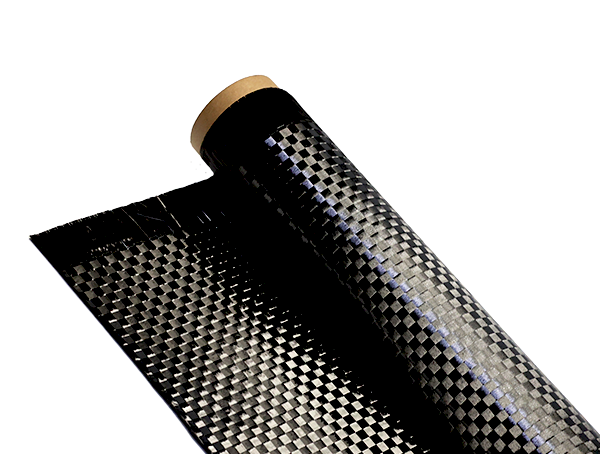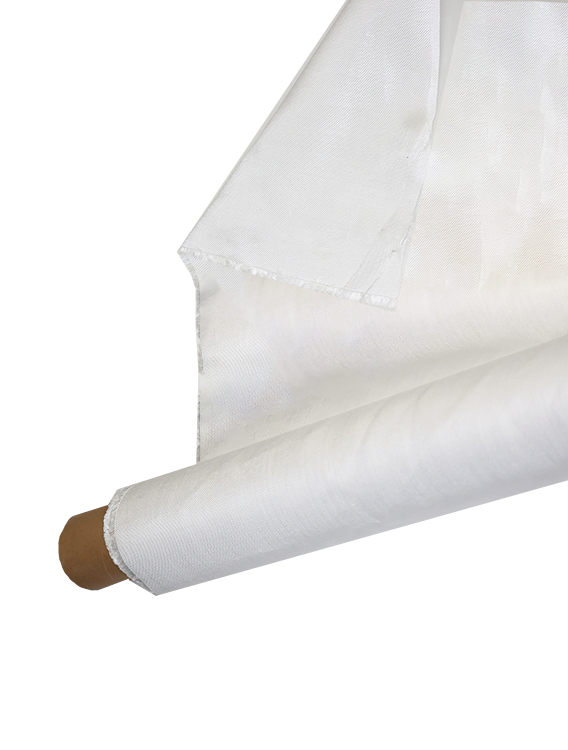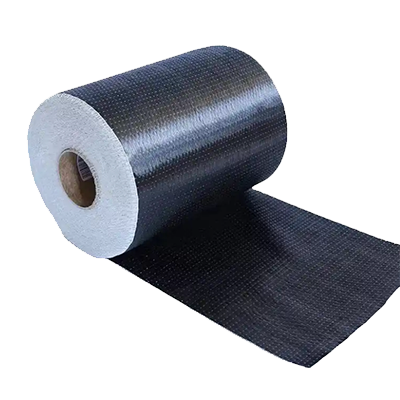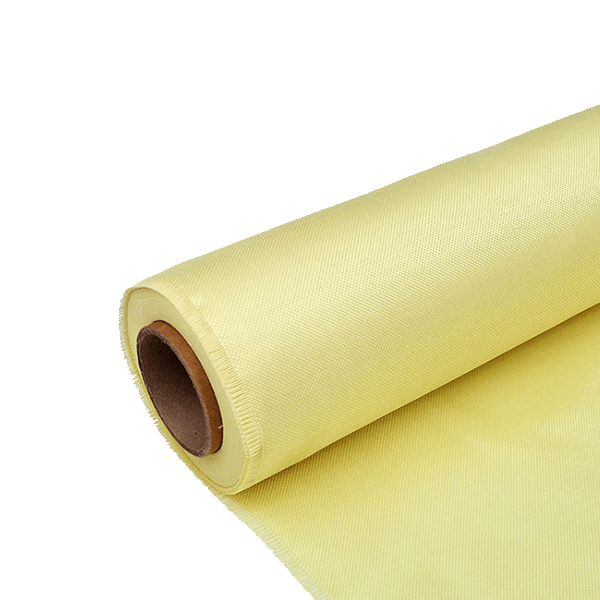ما هو سمك الجدار الموصى به لأنابيب الطائرات بدون طيار المصنوعة من ألياف الكربون؟
-
جدول المحتويات
“Optimal Wall Thickness for Carbon Fiber Drone Tubes: Balancing Strength and Weight for Peak Performance.”
مقدمة
The recommended wall thickness for carbon fiber drone tubes is crucial for ensuring structural integrity, weight efficiency, and performance. Typically, a wall thickness ranging from 1.5 mm to 3 mm is suggested, depending on the specific application, size of the drone, and load requirements. Thicker walls provide greater strength and durability, making them suitable for heavy-duty applications, while thinner walls can reduce weight for enhanced agility and speed in racing drones. Ultimately, the choice of wall thickness should balance strength, weight, and the intended use of the drone.
Recommended Wall Thickness for Carbon Fiber Drone Tubes
When considering the construction of carbon fiber drone tubes, one of the most critical factors to evaluate is the recommended wall thickness. This aspect significantly influences the overall performance, durability, and weight of the drone. Carbon fiber, known for its high strength-to-weight ratio, offers an excellent material choice for drone components, but the wall thickness must be carefully determined to optimize these properties.
Typically, the recommended wall thickness for carbon fiber drone tubes ranges from 1.5 mm to 3 mm, depending on various factors such as the intended use of the drone, the size of the tubes, and the specific design requirements. For instance, racing drones, which require lightweight structures for enhanced speed and agility, may benefit from thinner walls, around 1.5 mm. This thinner profile reduces weight, allowing for faster acceleration and improved maneuverability. However, it is essential to balance this reduction in thickness with the need for structural integrity, as thinner walls may compromise the tube’s ability to withstand impacts and stresses during operation.
Conversely, for larger drones or those designed for carrying heavier payloads, a thicker wall, typically around 2.5 mm to 3 mm, is advisable. This increased thickness provides additional strength and rigidity, ensuring that the drone can handle the stresses associated with carrying equipment such as cameras or sensors. Moreover, thicker walls can enhance the drone’s resistance to environmental factors, such as wind and turbulence, which are particularly relevant for aerial photography or surveying applications.
In addition to the intended use and size of the drone, the choice of carbon fiber layup also plays a crucial role in determining the appropriate wall thickness. Different layup configurations can affect the mechanical properties of the tubes, allowing for variations in strength and stiffness. For example, a unidirectional layup may provide greater strength in one direction, while a woven layup offers more balanced properties across multiple axes. Therefore, when selecting wall thickness, it is essential to consider not only the material but also the specific layup technique employed.
Furthermore, the manufacturing process can influence the final wall thickness of carbon fiber tubes. Techniques such as filament winding or pultrusion can produce tubes with consistent wall thicknesses, while hand layup methods may result in variations. Consequently, manufacturers must ensure that their production methods align with the desired specifications to achieve optimal performance.
It is also worth noting that advancements in carbon fiber technology continue to evolve, leading to new materials and composites that may alter the recommendations for wall thickness. As research progresses, manufacturers are discovering ways to enhance the properties of carbon fiber, potentially allowing for thinner walls without sacrificing strength. This ongoing innovation underscores the importance of staying informed about the latest developments in material science when designing and constructing carbon fiber drone tubes.
In conclusion, determining the recommended wall thickness for carbon fiber drone tubes is a multifaceted decision that hinges on various factors, including the drone’s intended use, size, and manufacturing techniques. By carefully considering these elements, designers and engineers can optimize the performance and durability of their drones, ensuring they meet the demands of their specific applications while leveraging the unique advantages of carbon fiber as a material.
Factors Influencing Wall Thickness in Carbon Fiber Drone Design
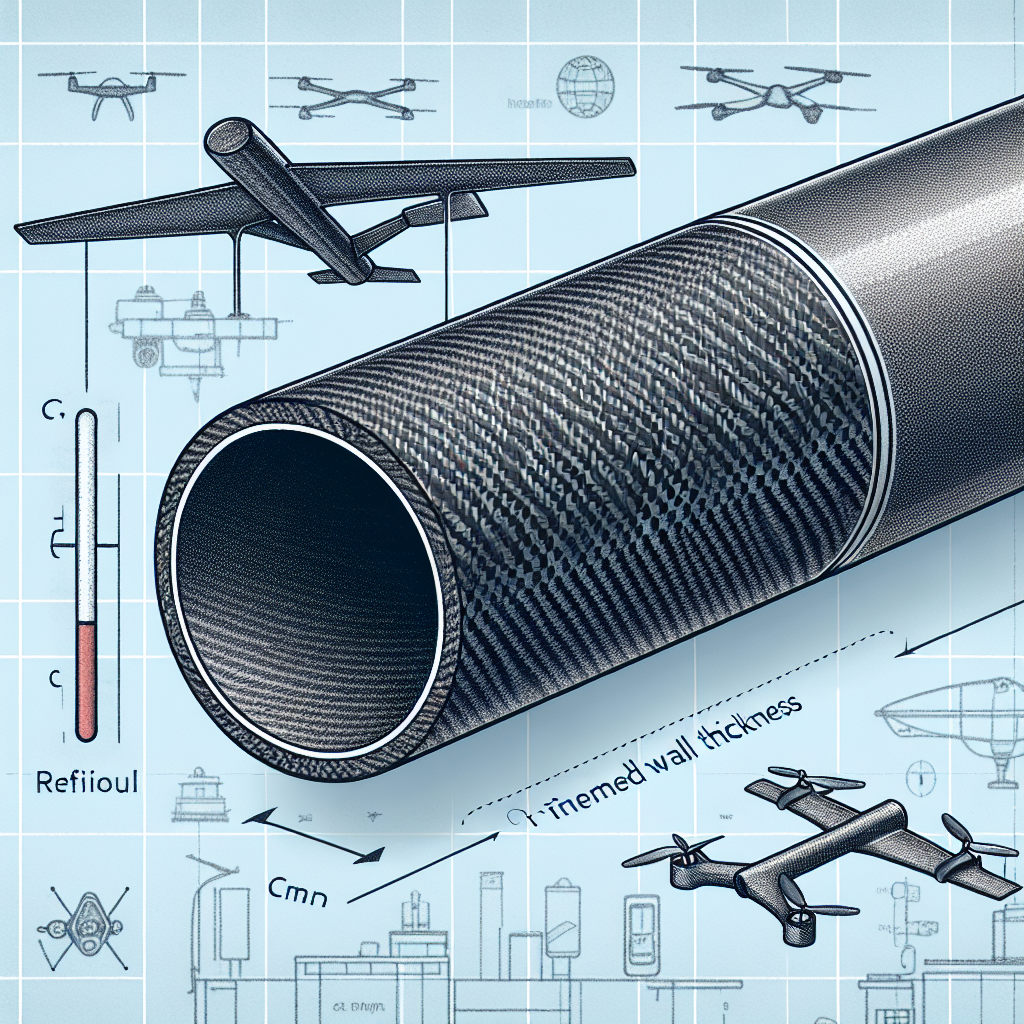
When designing carbon fiber drone tubes, several factors influence the recommended wall thickness, each playing a crucial role in the overall performance, durability, and functionality of the drone. One of the primary considerations is the intended application of the drone. For instance, drones designed for racing or high-speed applications may require thinner walls to reduce weight and enhance agility. Conversely, drones intended for heavy payloads or industrial applications necessitate thicker walls to ensure structural integrity and withstand the stresses associated with carrying additional weight.
Another significant factor is the environmental conditions in which the drone will operate. Drones that are expected to endure harsh weather conditions, such as high winds or extreme temperatures, may benefit from increased wall thickness. This added thickness can provide additional strength and resistance to deformation, ensuring that the drone maintains its structural integrity under challenging circumstances. Furthermore, the potential for impact during operation, whether from collisions or rough landings, also necessitates careful consideration of wall thickness. A thicker wall can absorb more energy during an impact, thereby reducing the risk of catastrophic failure.
The manufacturing process used to create the carbon fiber tubes also plays a pivotal role in determining the optimal wall thickness. Different fabrication techniques, such as filament winding or layup methods, can yield varying results in terms of strength and weight. For example, certain methods may allow for the creation of thinner walls without compromising structural integrity, while others may require a thicker wall to achieve the same level of strength. Additionally, the quality of the carbon fiber material itself can influence the necessary wall thickness. Higher-grade carbon fibers may provide superior strength-to-weight ratios, allowing for thinner designs without sacrificing performance.
Moreover, the design of the drone itself, including its overall geometry and load distribution, must be taken into account when determining wall thickness. A well-optimized design can distribute stress more evenly across the structure, potentially allowing for thinner walls. Conversely, designs that concentrate stress in specific areas may require additional thickness to prevent failure. Engineers often use computer-aided design (CAD) software and finite element analysis (FEA) to simulate various scenarios and assess how different wall thicknesses will perform under various loads and conditions.
In addition to these technical considerations, regulatory requirements and safety standards can also dictate wall thickness in carbon fiber drone tubes. Compliance with industry regulations ensures that drones meet minimum safety standards, which may necessitate thicker walls in certain applications. This is particularly relevant in commercial and industrial sectors, where the consequences of failure can be significant.
Ultimately, the recommended wall thickness for carbon fiber drone tubes is a balance of multiple factors, including application, environmental conditions, manufacturing processes, design considerations, and regulatory requirements. By carefully evaluating these elements, designers can optimize wall thickness to achieve the desired performance characteristics while ensuring safety and durability. As technology continues to advance, the methods for determining optimal wall thickness will likely evolve, leading to even more efficient and effective drone designs in the future.
Comparing Wall Thickness Options for Durability and Weight in Drones
When it comes to the construction of carbon fiber drone tubes, the choice of wall thickness is a critical factor that directly influences both durability and weight. As drone technology continues to advance, manufacturers and hobbyists alike are increasingly aware of the importance of optimizing these parameters to achieve the best performance. In this context, understanding the relationship between wall thickness, structural integrity, and overall weight becomes essential for anyone involved in drone design or construction.
To begin with, it is important to recognize that carbon fiber is renowned for its high strength-to-weight ratio. This characteristic makes it an ideal material for drone components, where minimizing weight while maximizing strength is paramount. However, the wall thickness of carbon fiber tubes can vary significantly, and this variation can lead to different performance outcomes. Thicker walls generally provide greater resistance to bending and impact forces, which is particularly beneficial in applications where drones may encounter rough conditions or require enhanced durability. For instance, in racing drones or those designed for aerial photography in challenging environments, a thicker wall may be advisable to withstand potential crashes or harsh weather.
Conversely, opting for thinner walls can lead to a reduction in overall weight, which is a crucial consideration for flight time and maneuverability. Lighter drones can achieve higher speeds and improved agility, making them more suitable for applications such as racing or agile aerial maneuvers. However, this weight reduction comes at the cost of structural integrity. Thinner walls may not withstand the same level of stress and impact as their thicker counterparts, potentially leading to failures in demanding situations. Therefore, it is essential to strike a balance between these competing factors.
Moreover, the specific application of the drone plays a significant role in determining the optimal wall thickness. For example, drones intended for heavy payloads, such as those used in agricultural monitoring or delivery services, may require thicker tubes to support the additional weight without compromising structural integrity. In contrast, drones designed primarily for recreational use or light payloads may benefit from thinner walls, allowing for enhanced performance without the burden of excess weight. This application-based approach underscores the necessity of tailoring wall thickness to the intended use of the drone.
In addition to application considerations, the manufacturing process also influences the choice of wall thickness. Advances in carbon fiber technology have led to the development of high-modulus fibers that can provide exceptional strength even at reduced thicknesses. This innovation allows designers to explore thinner wall options without sacrificing performance, thereby pushing the boundaries of what is possible in drone design. As a result, manufacturers must stay informed about the latest materials and techniques to make informed decisions regarding wall thickness.
Ultimately, the decision regarding wall thickness for carbon fiber drone tubes is not a one-size-fits-all solution. It requires careful consideration of various factors, including the intended application, desired performance characteristics, and advancements in material technology. By weighing these elements thoughtfully, designers can optimize their drone structures for both durability and weight, ensuring that they meet the demands of their specific use cases. In conclusion, the interplay between wall thickness, durability, and weight is a fundamental aspect of drone design that warrants careful attention and consideration.
الأسئلة والأجوبة
1. **Question:** What is the recommended wall thickness for carbon fiber drone tubes used in racing drones?
**Answer:** A wall thickness of 1.5 to 2.5 mm is typically recommended for racing drones to balance weight and strength.
2. **Question:** What wall thickness is advisable for carbon fiber drone tubes in heavy-lift drones?
**Answer:** For heavy-lift drones, a wall thickness of 2.5 to 4 mm is advisable to ensure structural integrity under increased loads.
3. **Question:** How does the wall thickness of carbon fiber drone tubes affect performance?
**Answer:** Thicker walls generally provide greater strength and durability but increase weight, while thinner walls reduce weight but may compromise structural integrity, so a balance must be struck based on the drone’s intended use.



